
Jagdgeschwader 52 was a German World War II fighter Geschwader (wing) that exclusively used the Messerschmitt Bf 109 throughout the war. The unit originally formed near Munich in November 1938, then moved to a base near Stuttgart. JG 52 became the most successful fighter-Geschwader of the war, with a claimed total of more than 10,000 victories over enemy aircraft during World War II. It was the unit of the top three scoring flying aces of all time, Erich Hartmann, Gerhard Barkhorn and Günther Rall.

Between 1933 and 1945, the organization of the Luftwaffe underwent several changes. Originally, the German military high command, for their air warfare forces, decided to use an organizational structure similar to the army and navy, treating the aviation branch as a strategic weapon of war. Later on, during the period of rapid rearmament, the Luftwaffe was organized more in a geographical fashion.
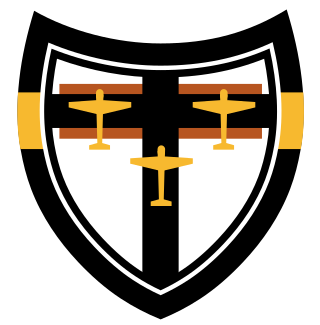
Jagdgeschwader 27 (JG 27) "Afrika" was a fighter wing of the Luftwaffe during World War II. The wing was given the name "Africa" for serving in the North African Campaign predominantly alone in the period from April 1941 to September 1942. Elements of JG 27 fought in every major theatre of operations in which the Wehrmacht operated.

Jagdgeschwader 5 was a German Luftwaffe fighter wing during World War II. It was created to operate in the far north of Europe, namely Norway, Scandinavia and northern parts of Finland, all nearest the Arctic Ocean, with Luftflotte 5, created specifically to be based in occupied Norway, and responsible for much of northern Norway.
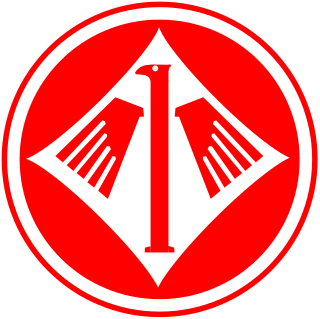
Jagdgeschwader 1 (JG 1) "Oesau" was a German World War II fighter wing created in 1939. Between 1940 and 1942, JG 1 operated primarily over the Western Front and northern occupied Europe. During the initial days of the war, JG 1 faced little resistance, apart from occasional Royal Air Force (RAF) excursions. The unit was rarely engaged in large-scale confrontations during this time.
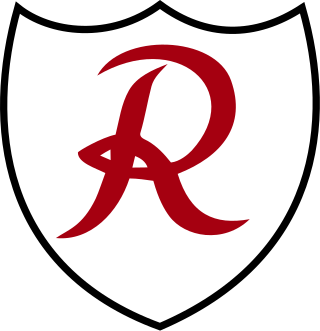
Jagdgeschwader 2 (JG 2) "Richthofen" was a German fighter wing during World War II. JG 2 operated the Messerschmitt Bf 109 and Focke-Wulf Fw 190 single-seat, single-engine interceptor aircraft.
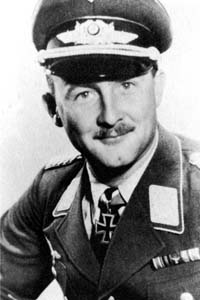
Wolfgang Schellmann was a German Luftwaffe military aviator during the Spanish Civil War and World War II. As a fighter ace, he is credited with 25 enemy aircraft shot down, including 12 in Spain, 12 on the Western Front and one on the Eastern Front of World War II.

Walter Krupinski was a German Luftwaffe fighter ace in World War II and a senior West German Air Force officer during the Cold War. He was one of the highest-scoring pilots in the war, credited with 197 victories in 1,100 sorties. He was called by his fellow pilots Graf Punski due to his Prussian origins. Krupinski was one of the first to fly the Messerschmitt Me 262 jet fighter in combat as a member of Jagdverband 44 led by Adolf Galland.

Jagdgeschwader 26 (JG 26) Schlageter was a German fighter-wing of World War II. It was named after Albert Leo Schlageter, a World War I veteran, Freikorps member, and posthumous Nazi martyr, arrested and executed by the French for sabotage in 1923. The wing fought predominantly against the Western Allies.
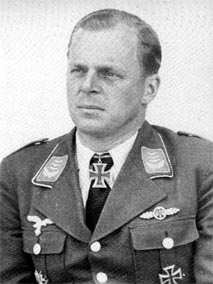
Walter Adolph was a German Luftwaffe military aviator in the Spanish Civil War and a fighter ace during World War II. He is credited with 25 aerial victories, including one in Spain, achieved in 79 combat missions. All his World War II victories were claimed over the Western Front.

Georg-Peter "Schorsch" Eder was a German Luftwaffe military aviator and fighter ace during World War II. He is credited with 78 aerial victories achieved in 572 combat missions, including 150 combat missions with the Messerschmitt Me 262 jet fighter. This figure includes 10 aerial victories on the Eastern Front, and further 68 victories over the Western Allies, including 36 four-engined bombers.

Werner Schröer was a German World War II fighter ace credited with shooting down 114 enemy aircraft. He served in the Luftwaffe from 1937, initially as a member of the ground staff, until the end of World War II in Europe on 8 May 1945, by which time he had reached the highest ranks of combat leadership. Schröer was the second most successful claimant of air victories after Hans-Joachim Marseille in the Mediterranean, and was decorated with the Knight's Cross of the Iron Cross with Oak Leaves and Swords.
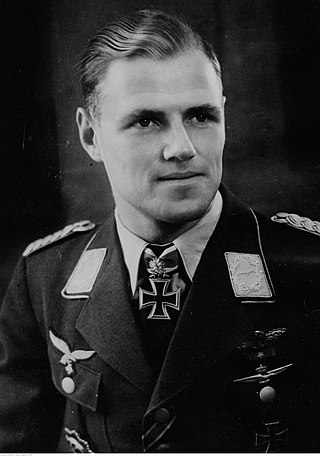
Joachim Müncheberg was a German Luftwaffe fighter pilot during World War II and an ace credited with 135 air victories. The majority of his victories were claimed over the Western Front, with 33 claims over the Eastern Front. Of his 102 aerial victories achieved over the Western Allies, 46 were against Supermarine Spitfire fighters.
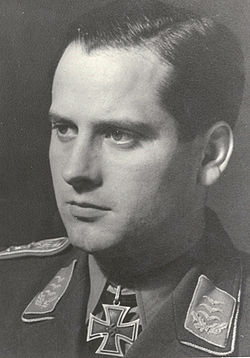
Gerhard Schöpfel was a German Luftwaffe military aviator and wing commander during World War II. As a fighter ace, he is credited with 45 aerial victories claimed in approximately 700 combat missions, all of which on the Western Front.

Jagdgeschwader 6 Horst Wessel was a Luftwaffe fighter wing during World War II. Created late in the war as one of the last Jagdgeschwader, JG 6 fought on the Western and Eastern Fronts and in the Defence of the Reich over Germany. This period of the air war was characterised by few successes and heavy losses among the German fighter arm.
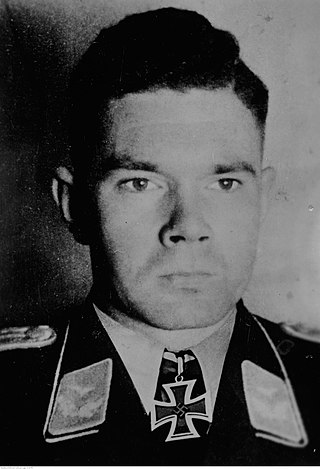
Heinz Ebeling was a German Luftwaffe military aviator and fighter ace during World War II. He is credited with 18 aerial victories achieved in 163 combat missions, all of which claimed over the Western Allies during the Battle of France and Battle of Britain.

Jagdgeschwader 134 "Horst Wessel" was a Luftwaffe fighter-wing prior to World War II. JG 134 was formed on 4 January 1936 with III. Gruppe in Döberitz. The Geschwader was given the honorific name Horst Wessel on 24 March 1936. II Gruppe was formed on 15 March 1936 in Werl and was followed by the Geschwaderstab and I. Gruppe on 1 April 1936 in Dortmund. It would later become one of the premier Zerstörer wings of the Luftwaffe, as Zerstörergeschwader 26.

Klaus Mietusch was a German Luftwaffe military aviator and fighter ace during World War II. He is credited with 72 aerial victories achieved in 452 combat missions. This figure includes 15 aerial victories on the Eastern Front, and further 57 victories over the Western Allies, including 13 four-engined bombers.
Johann Schmid, was an Austrian fighter pilot credited with 45 victories between 14 May 1940 and 6 November 1941. He was also a recipient of the Knight's Cross of the Iron Cross.
Jagdgeschwader 132 was a fighter wing of Nazi Germany's Luftwaffe before World War II. Formed in 1934 under the cover of Reklamestaffel Mitteldeutschland des DLV. In 1938, the wing was renamed Jagdgeschwader 131 and in May 1939 became Jagdgeschwader 2 "Richthofen". The second formation of JG 132 in November 1938 was initiated by renaming Jagdgeschwader 234 to JG 132 which then became Jagdgeschwader 26 "Schlageter" in May 1939. I. Gruppe of JG 132 was given the honorary name "Richthofen", named after Manfred von Richthofen, in March 1935. With the reformation of JG 132 in November 1938, the Geschwader carried the honorary name "Schlageter", named after Albert Leo Schlageter.

















